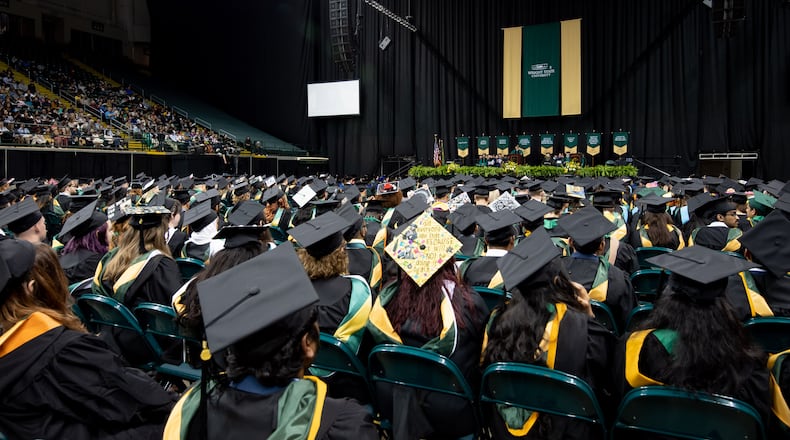“What we found is students from every high school we have 3.0 and above, there’s lots of opportunities for them,” said James Cosby, executive director of Ohio’s Bottom Line. “We want to work with students with a 2.5, students who maybe think they want to go to college, but don’t know how they’re going to pay for it.”
In Ohio, Bottom Line aims for Dayton-area kids to go to universities like University of Dayton, Wright State and Central State. It’s not about getting high achievers into Harvard or Yale, but rather, getting average students into local universities, getting them bachelor’s degrees, and in hopes they will stay local and invest in the community.
The program started in Boston in 1997 and has since expanded to Chicago and New York City. The Ohio expansion is the first in the last 10 years.
Bottom Line expanded to Ohio due to a $2.8 million donation over five years from the Connor Group – Kids & Community Partners, the same group that started The Greater Dayton School.
“We think that increasing the numbers of first-generation college graduates is really vital to the future of our region,” said Ryan Ernst, director of Kids & Community Partners. “That’s why we really spent years studying this issue. We looked at nonprofits all over the country that address college access and college success and at the end of that process, we really came to believe that these are solvable problems, and that Bottom Line provides a solution.”
Philanthropist MacKenzie Scott has given the organization $15 million, according to the company’s website.
Cosby said there are roughly 20,000 students in the Dayton region who fall into the target demographic – first-generation college students and underprivileged kids from lower-income neighborhoods, who have between a 2.5 and 3.0 GPA, and who want to go to college but can’t afford it.
“It starts at the high school level, too,” said Emily Broughton, director of development and external relations at Bottom Line. “If they don’t have someone walking them into how to get into college, they don’t think they’re able to go.”
Cosby said helping those kids will also help the job market. Many local employers already say they can’t find enough people who have the skills they need. Intel and Honda, two companies investing in factories in Ohio, are also expecting to need thousands of additional workers skilled with two- and four-year degrees in the next five years.
“We want our students to be able to be in the workforce,” Cosby said. “And what we’re really looking for when we work with students is to promote economic mobility and social mobility. A bachelor’s degree is one of the few things a student can gain that impacts both.”
Cosby said he was impressed by the corporate partners in Boston, something Bottom Line also plans to develop in Dayton. Those companies will provide internships and eventually jobs to students in Bottom Line.
Roughly 20% more Bottom Line students graduate college in four years compared to their peers, according to a randomized control trial done by researchers at Texas A&M University and the University of Virginia. That impacts more than just the student. Those students are impacting university funding and graduation numbers,
“By having them making more money quicker, they’re able to spend more money in the community quicker,” Cosby said. “They’re able to be involved, they’re able to give back.”
About the Author




